
Introduction
Every year thousands of animals migrate from one place to another. They are driven by a natural instinct, or a need to survive. On land and sea many animals fight off predators and take huge risks in order to migrate. They migrate for all sorts of reasons. Some animals migrate to look for food and water, others make the journey to breedTo give birth or produce offspring. and some animals travel great distances to find a safe place to hibernateTo sleep through the winter to conserve energy., or to shelter for the winter.

There are lots of reasons an animal might migrate, such as:
- lack of food
- to avoid harsh weather conditions, like very cold winters
- to find water - their water source might have frozen in colder temperatures
- their habitat has become overcrowded
- to find a safe place to give birth or lay eggs
Migration from Antarctica to Wales
Some animals only travel short distances, but others can travel a long way. Each year, one incredible bird travels all the way from AntarcticaThe continent that surrounds the South Pole. to Anglesey, north Wales.
Arctic terns
The arctic tern may look small and delicate, but these magnificent sea birds migrate further than any other animal on the planet.
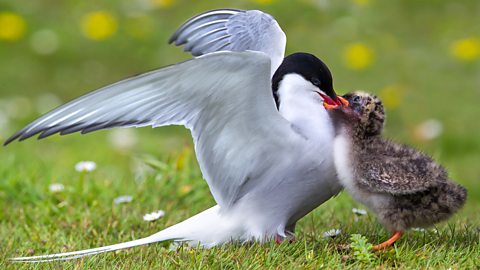
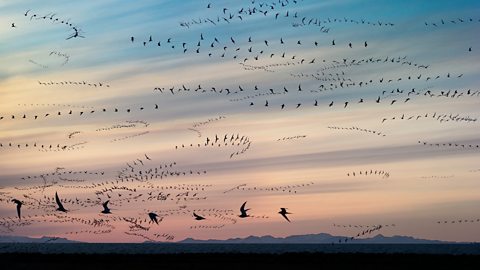
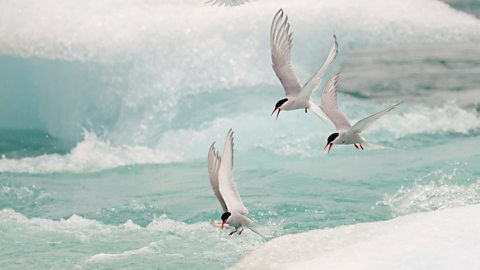
Did you know?
In a 30-year lifetime, a single tern can fly the same distance as making three trips to the moon and back.
Spider crabs
Every autumn, spider crabs migrate from the Welsh coast into deeper waters. The purpose of their journey is to mate or to shed their shells.
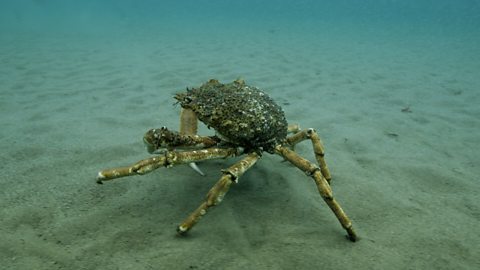

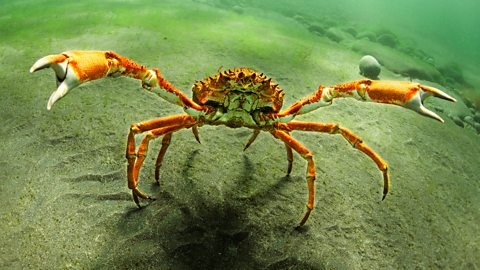
Did you know?
The spider crab travels over 170 kilometres to reach its destination. Their journey can take as long as three months.
Basking sharks
The basking shark is the second largest fish in the world. Their migration routes remain a bit of a mystery. They can be spotted off the coast of Wales during the summer months. We know that these giant fish travel great distances, but scientists have only recently started to understand more about the long journeys that they undertake.

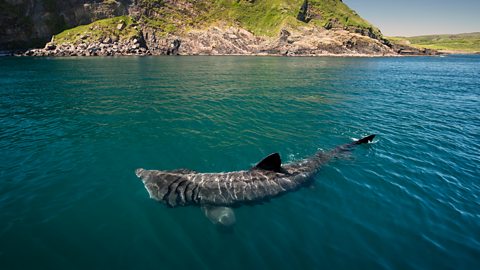
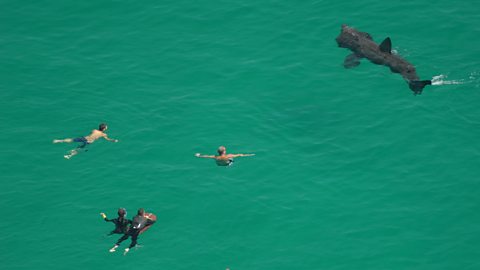
Did you know?
It has been recently discovered that basking sharks don’t always travel alone, they sometimes travel in family groups. Scientists think they are probably teaching each other about the best migration routes.
Video: Animals on the move
Find out why some animals travel such long distances every year.
Quiz: What is migration and why do some animals migrate?
Activity
All over the world lots of scientists are studying the impact of global warming on migration patterns. How do these changes impact migration and why is this important? Why not do some research and present your own findings? Here are some articles with information to help you. Click on the links to find out more.
- Newsround - Mammal migration: New global map shows how it's changing
- Bitesize - Five animals that holiday in colder climates
Can you find out more about these animals and their migratory patterns? Why not create an information leaflet about one of these incredible creatures? What are the most important facts to include?

Where next?
What is plankton and why is it so important?
Did you know that plankton that bunch together in large groups are called plankton blooms?
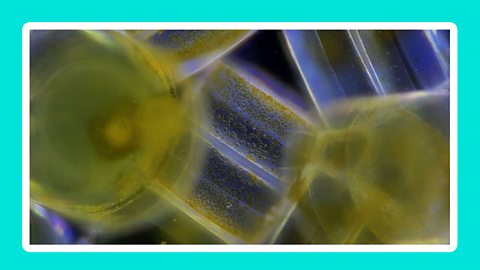
Which animals live in rock pools?
Did you know that rock pools are bursting with life and are home to lots of different animals?
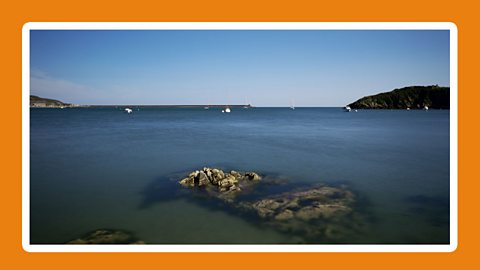
KS2 Sustainability
A collection of lessons for pupils aged 7 to 11

More on Wildlife
Find out more by working through a topic
- count1 of 5
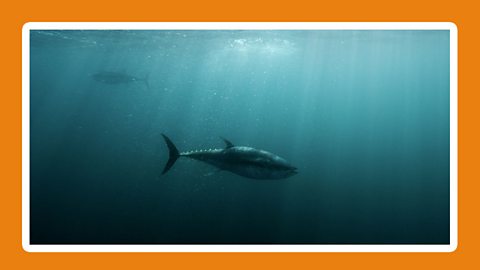
- count2 of 5
